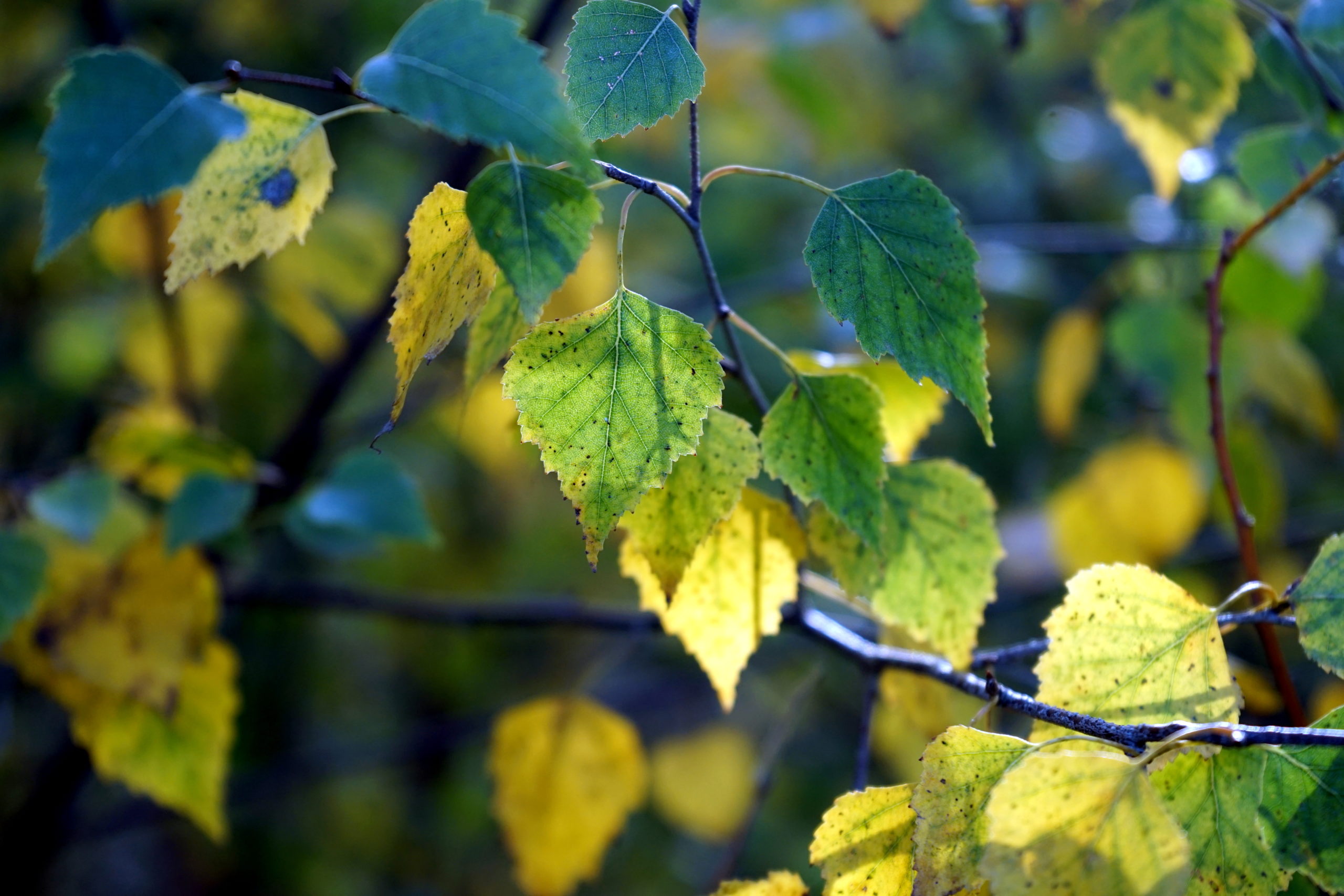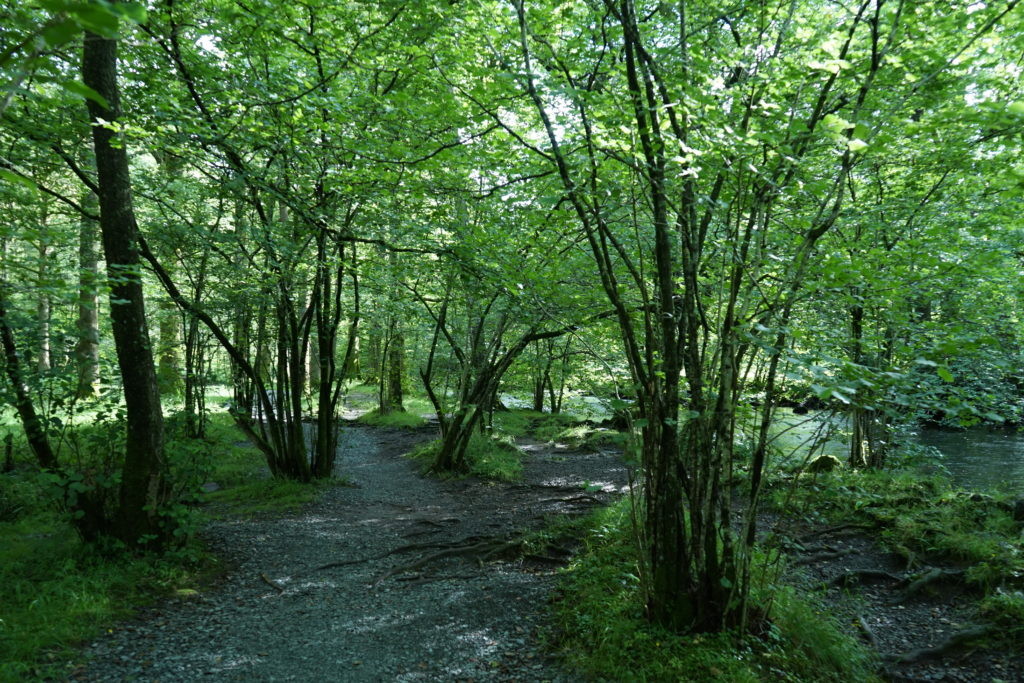
If you are looking for inspiration for a woodland garden, please read on… So what is a woodland edge habitat like? In short, it’s not as dense and imposing as the heart of a woodland. The edge often consists of smaller trees and shrubs and creates a smooth transition into a more open landscape, such as scrub or a glade. It’s a lovely combination of taller trees and darker areas and lower planting in more sunny spots.
The play of light on and through the foliage of trees and shrubs can be a real treat. Dark silhouettes of branches devoid of leaves in winter create a sense of drama. They cast beautiful shadows on a sunny day and look like intricate sculptures when seen against the darkening evening sky. And on a hot summer day, what’s more refreshing than a shady spot under a lovely tree?
A woodland edge habitat is an especially useful source of inspiration for a garden design. It clearly resembles environmental conditions found in many town gardens. Areas near tall buildings and boundary fencing are often shady and dry. They transition, however, into more open and sunny patches away from the taller structures.
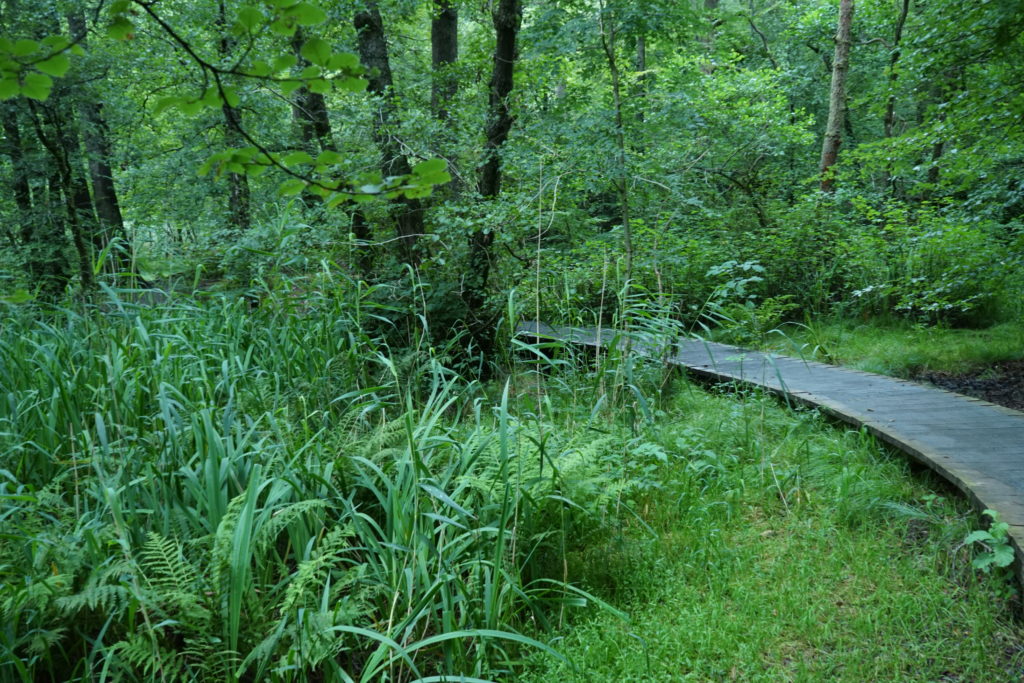
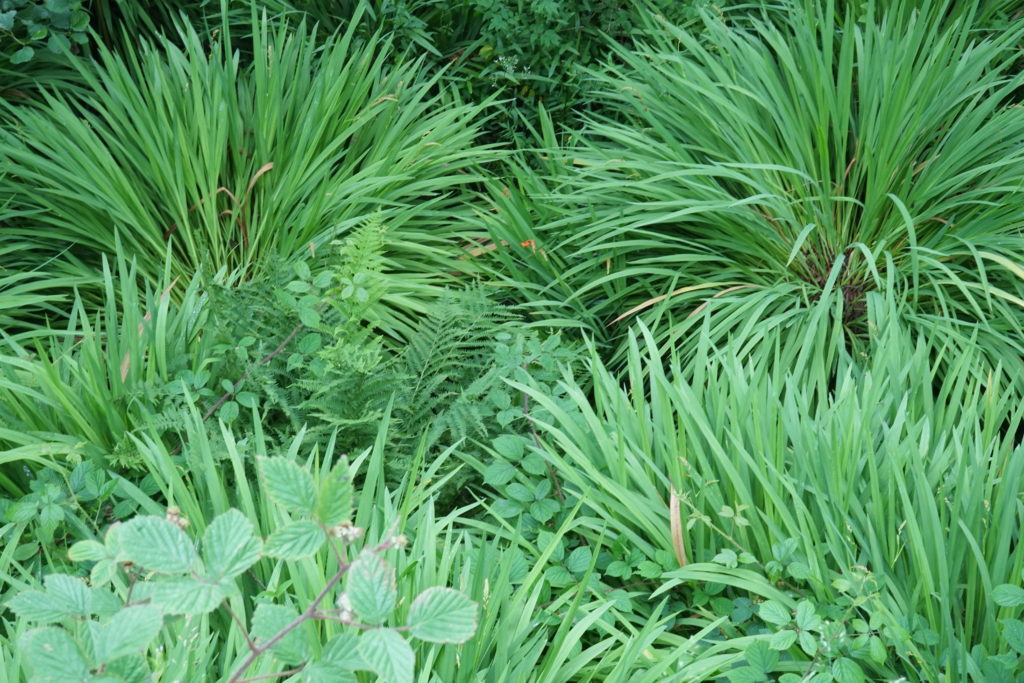
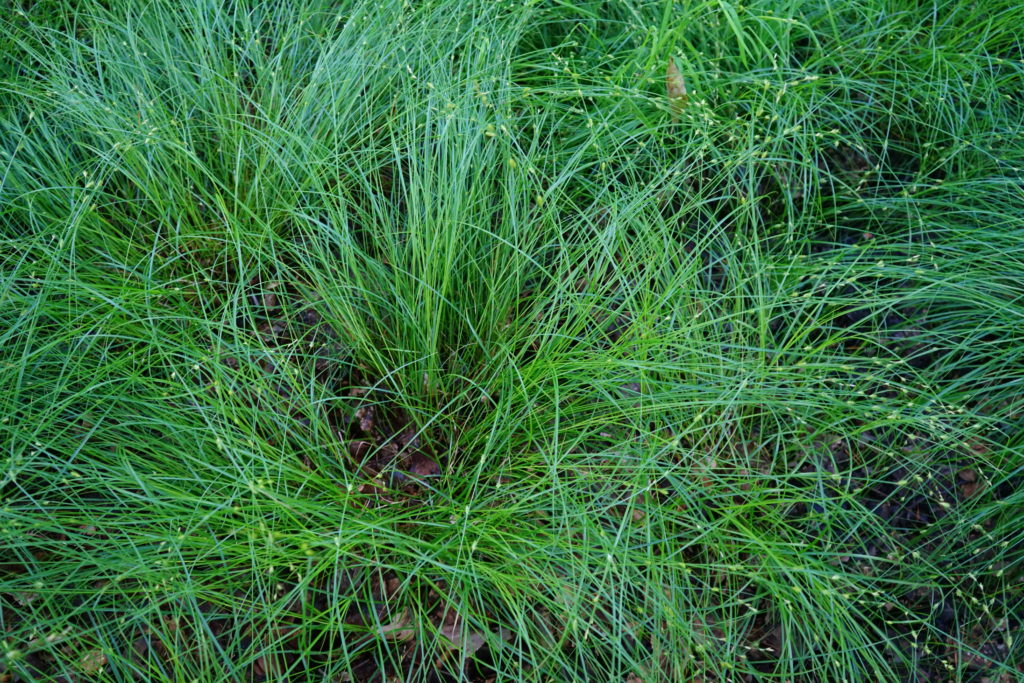

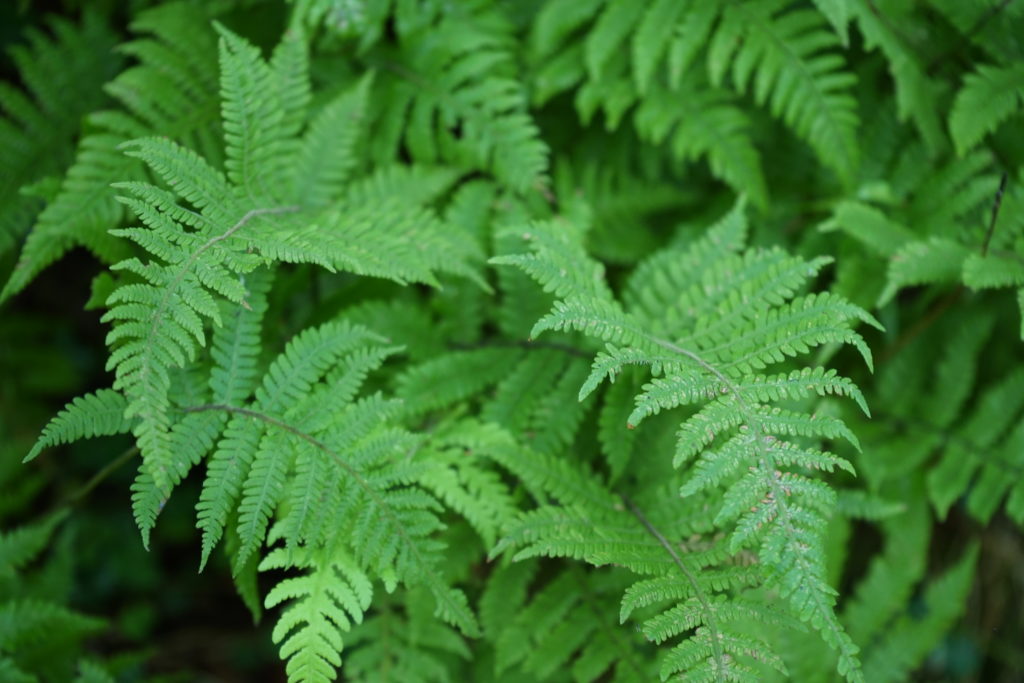
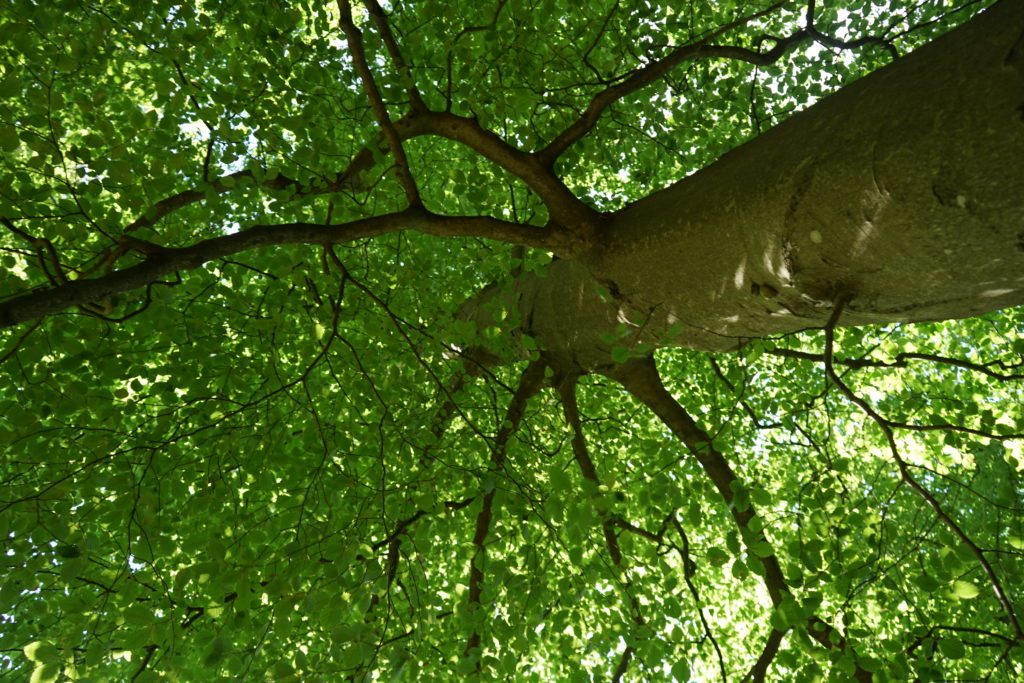
Woodland edge as a garden theme
The main elements of woodland edge are medium sized tree, climbers, shrubs and a herbaceous understorey planting. The planting is clearly layered and the choice of plants needs to take into account their tolerance to drought and low light levels. This is especially true in summer when the taller trees and shrubs are in leaf. This is why most spring bulbs are very well suited to such conditions and do well on a woodland floor.
It’s a good idea to observe your local woodland and its edge. Note what sort of plants do well there and why. Again, it’s worth remembering that in an average sized garden we’re not looking to copy an actual woodland habitat. Most gardens aren’t large enough for that. We are simply trying to identify the qualities of this type of landscape and introduce them where appropriate into our design.
One tree, some shrubs and a more traditional planting bed in a sunny area of the garden might be all that is manageable in a small garden. A theme, however, will hold the entire scheme together and hopefully will create a similar atmosphere to that of the original source of inspiration.
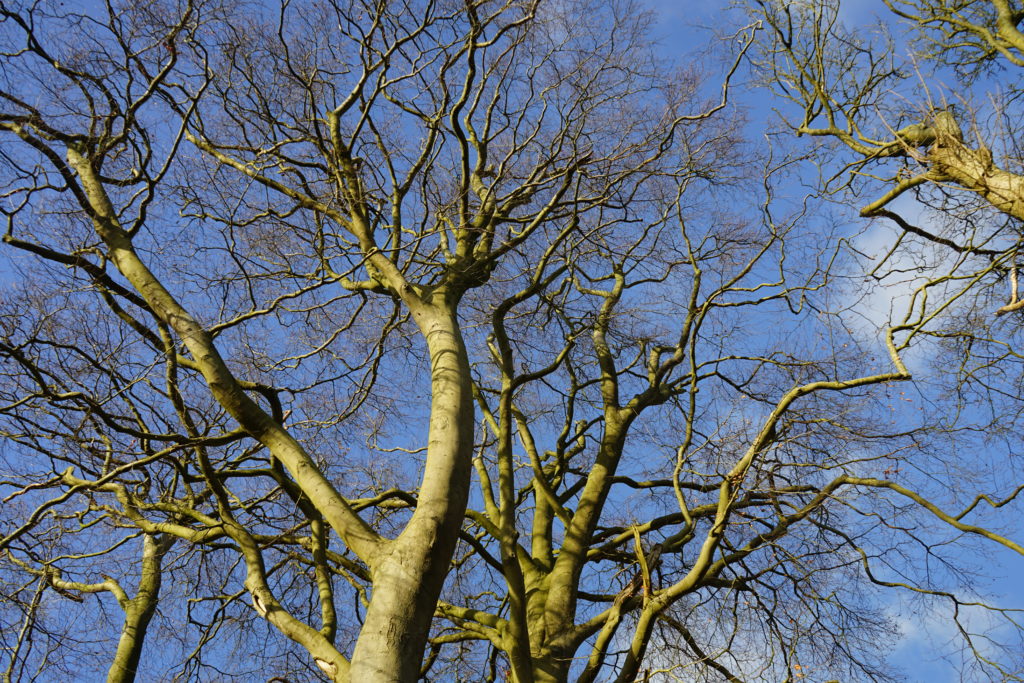
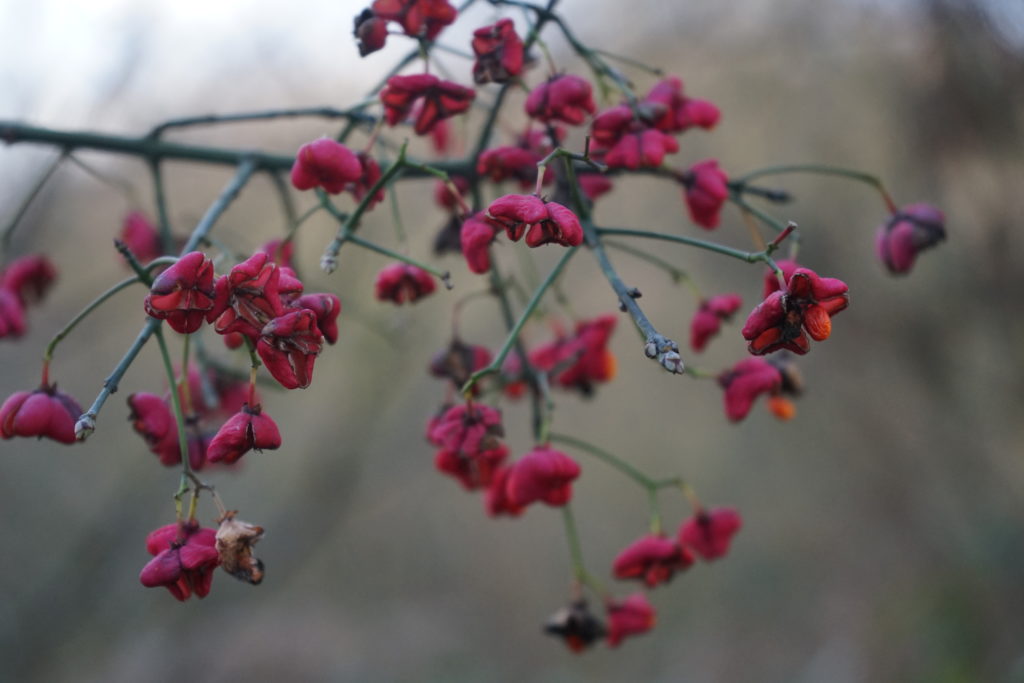
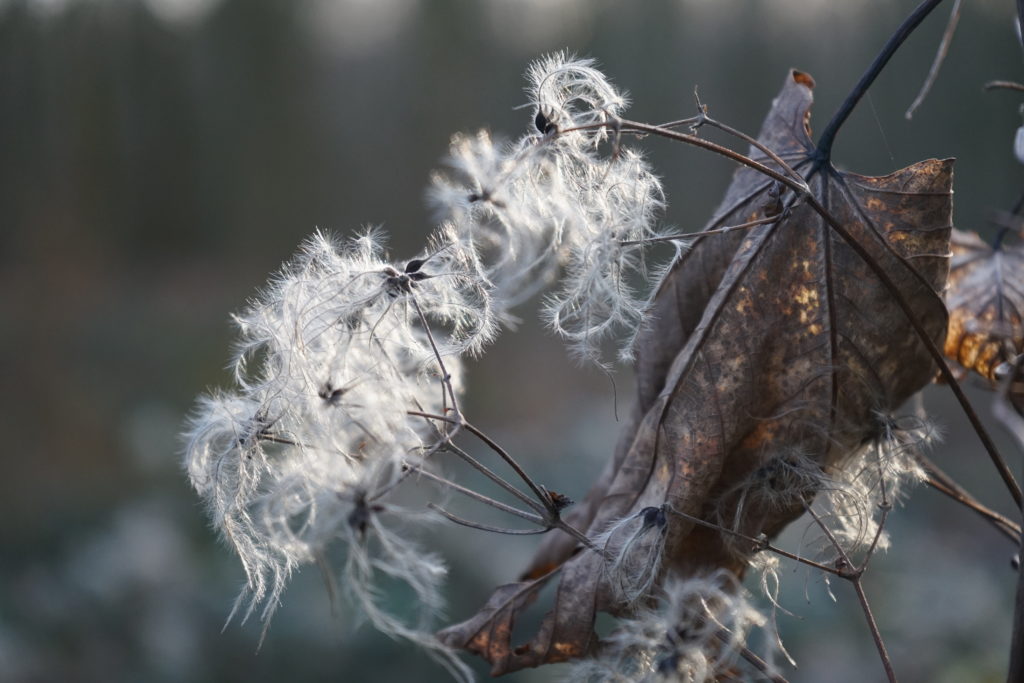
Woodland edge as a garden feature
In a larger garden, you might be able to actually plant a woodland or at least create a feeling that there is one nearby and that you live on its edge. This would be more difficult to achieve and obviously the timescale would reflect the life cycle of a real woodland. Thorough research on establishing a woodland would be needed in order to create a successful habitat suitable to local conditions. There is a wealth of very useful information available from the government and other organizations such as Woodland Trust (see the link below). Also, make sure that local planning policies and the land use class of your property will allow for planting a woodland.
Design considerations for a garden
- Practical considerations – always think carefully about the sort of trees that would best suit your purpose before planting them and take into consideration their mature height and spread. Don’t plant trees close to house foundations or garden walls as tree roots can cause structural damage. Wooden fences are more forgiving but they will need to be regularly changed and digging around tree roots can cause root damage and even eventually kill the tree. Also, it is often a good idea to plant young trees if possible, as the more mature the tree is the more difficult it will be for it to establish. Finally, consider the leaf litter or fruit drop from the trees and the maintenance load that this will cause.
- Aesthetic considerations – there are many ways in which trees can enhance your garden. Colourful or textured bark, although subtle, will provide a feast for the eye throughout the year. This is especially important if you are going to have only one tree in your garden. When choosing a deciduous tree – a tree which looses its leaves in winter – don’t forget to do some research and look at the structure of branches and a silhouette that the tree will create when not in leaf. And then, there are leaves, flowers and fruit to think about. Not only their colour but also shape and texture are very important and will influence the overall feel of the garden. You will find further information on choosing trees for your garden here.
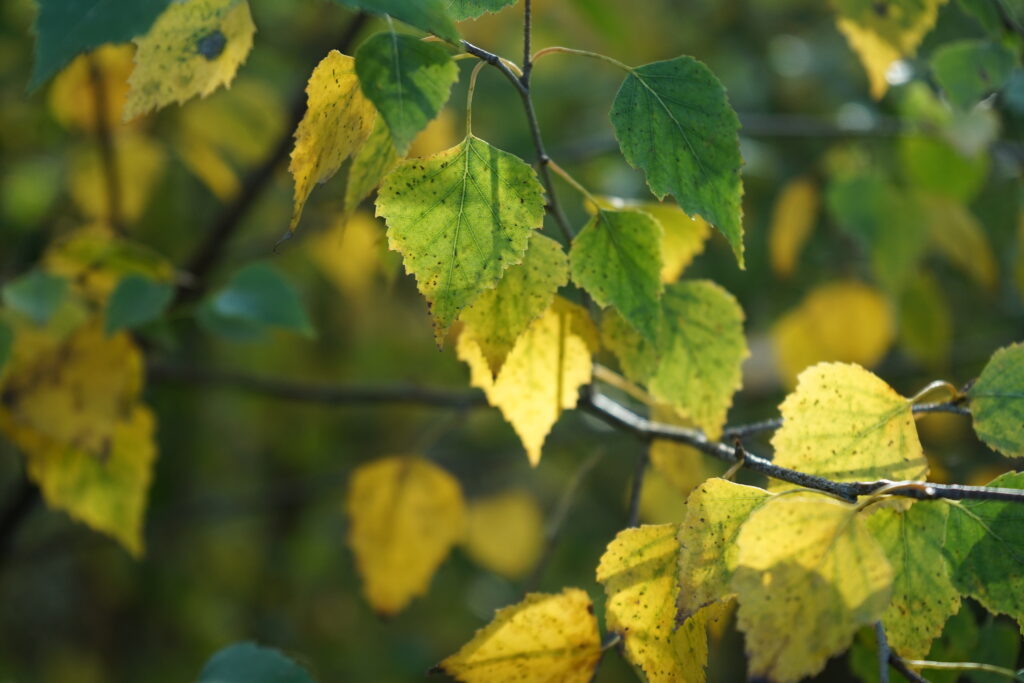
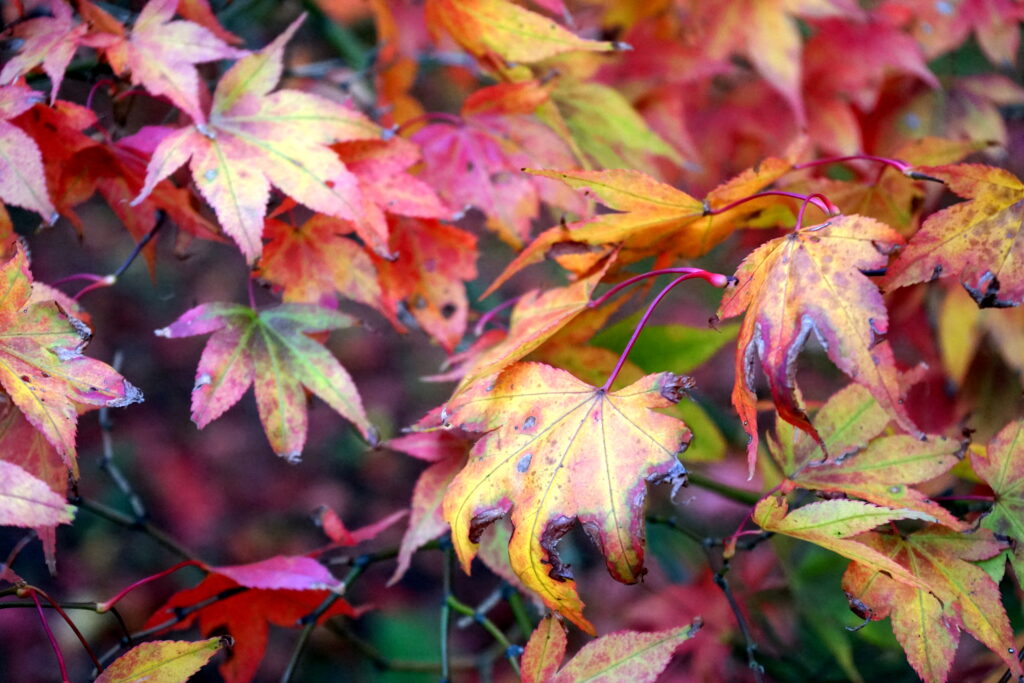
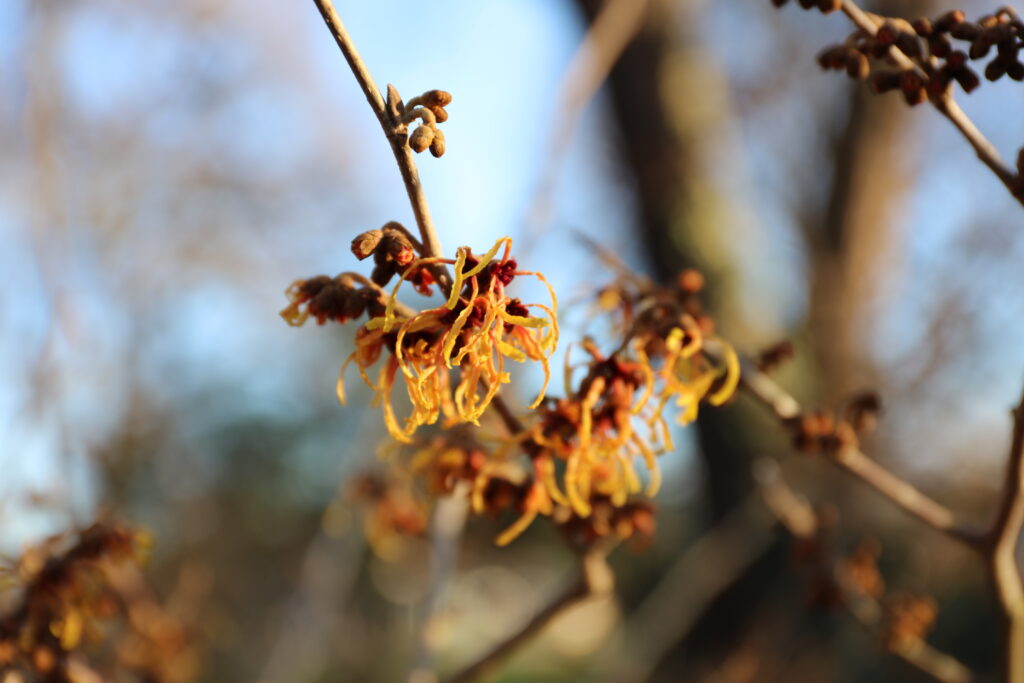
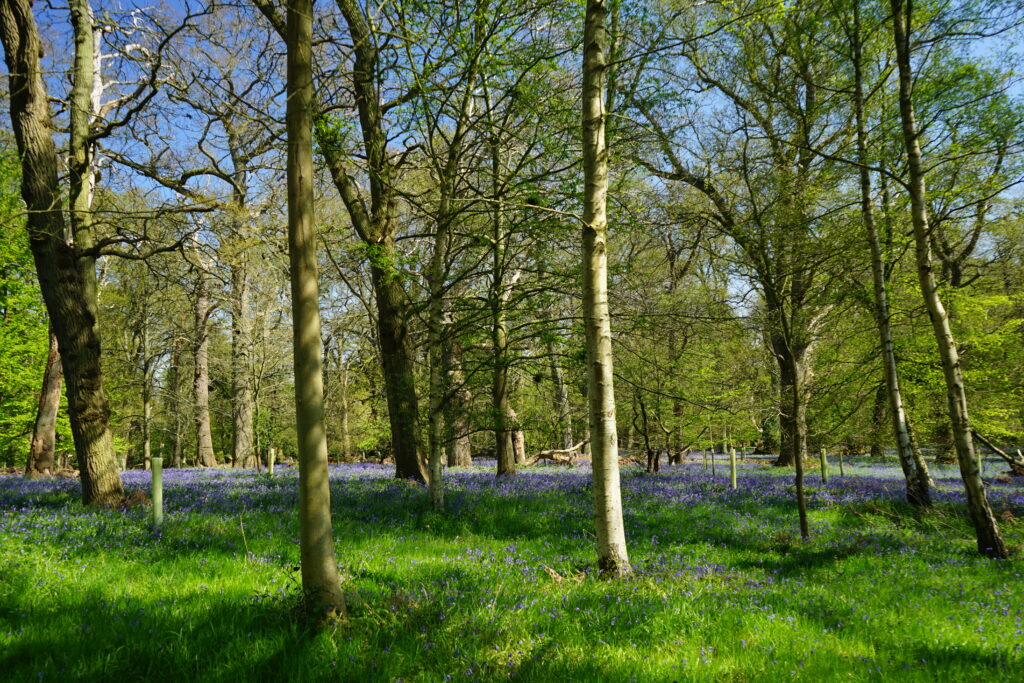
Further research on woodland edge habitat
As always, the key to success in creating a beautiful woodland edge garden lies in preparation. You will find a lot of inspiration and useful tips on creating your own woodland edge habitat below:
- Woodland edge habitats – up to date advice from RHS
- Woodland edge garden for wildlife – tips and plant lists from the Wildlife Trusts
- Woodland creation – specialized advice on developing a woodland from Woodland Trust
I hope that you found the content of this short article inspiring and informative!
Would a woodland edge landscape suit you and your garden’s needs?
Let’s discuss how that might look like and how we could help you transform your garden…

